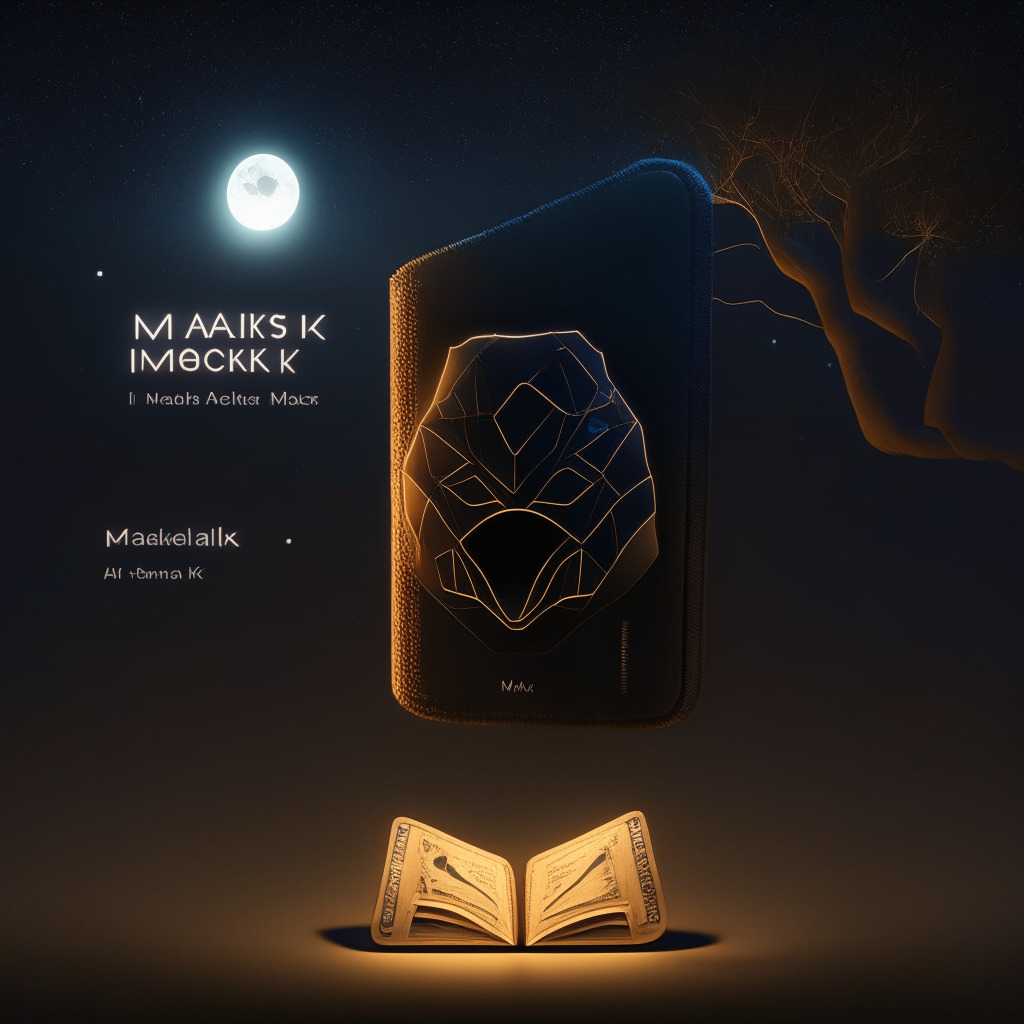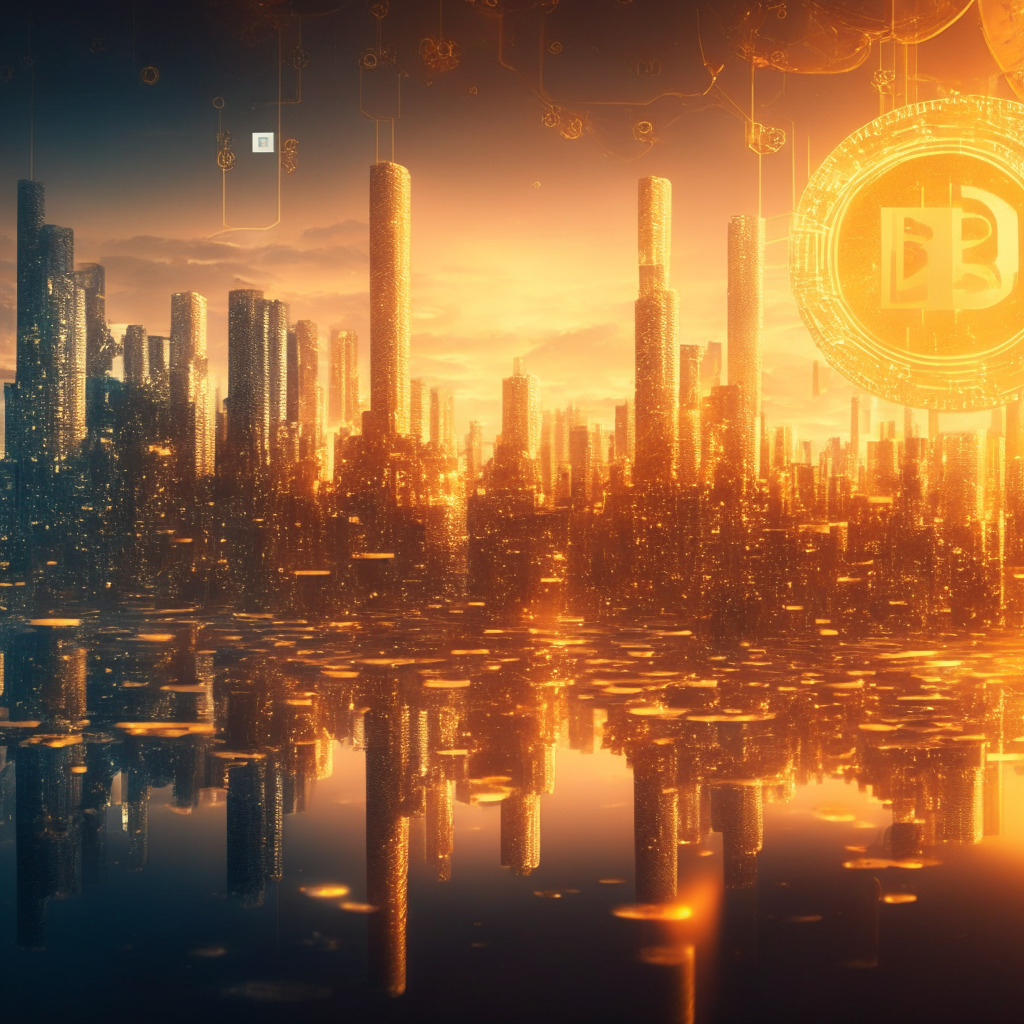Once lost in the annals of time, a vintage footage recently resurfaced featuring early Bitcoin pioneer, Hal Finney, discussing the potential of zero-knowledge proofs at a cryptology conference approximately a quarter-century back, a decade prior to the inception of Bitcoin. An appreciation for the subtleties of zero-knowledge proofs may provide fresh insights into the workings of the Bitcoin architect, Satoshi Nakamoto.
In the video, presumed to be from Crypto ’98, Finney explains the concept of zero-knowledge proofs, a cryptographic principle which later became a cornerstone of blockchain technology. The idea rests on being able to convey a cryptographically encrypted message without divulging its content. At the time, according to Finney, it was regarded as “inefficient or impractical” owing to technological constraints.
Fast forward to today, discussions revolving around zero-knowledge proofs are a common sight within the crypto community. The primary application of the technique these days is to enhance the scalability of Ethereum network, an advancement that could have hardly been fathomed during Finney’s time.
Hal Finney, a renowned personality in the digital landscape, has been a significant contributor to privacy-enhancing technologies. His innovations include the first-ever fully anonymous email system and the initial reusable Proof of Work system, completed five years ahead of Bitcoin’s advent. Infamously, Finney was also the first Bitcoin recipient, courtesy of Satoshi Nakamoto, with whom he’s believed to have worked closely. Interestingly, some speculate that Finney himself could be Nakamoto, a claim, however, that he has always denied.
Having started his pioneering journey with the ambition to prove a concept that was thought to be impractical, Hal Finney’s work now stands as the backbone of blockchain infrastructure. His death in 2014 due to ALS did not lessen his impact on the world of cryptocurrency and blockchain technology.
However, this journey was not as smooth as some might believe. The world of zero-knowledge proofs, although exciting, came with its challenges. As Finney stated, the hardware limitations of his time regarded it as impractical, but with rapid technological advancements and constant innovation, these proofs are now essential components of today’s blockchain landscape. Similarly, the skeptics questioning the feasibility of blockchain technology must now witness its progress and wide acceptance.
This extraordinary tale emphasises that the future is unpredictable, especially in a cutting-edge field like blockchain. The key message here is that potential should not be dismissed just because it cannot be immediately realised, as what seems inefficient or impractical now might very well become the standard of tomorrow.
Source: Cointelegraph




